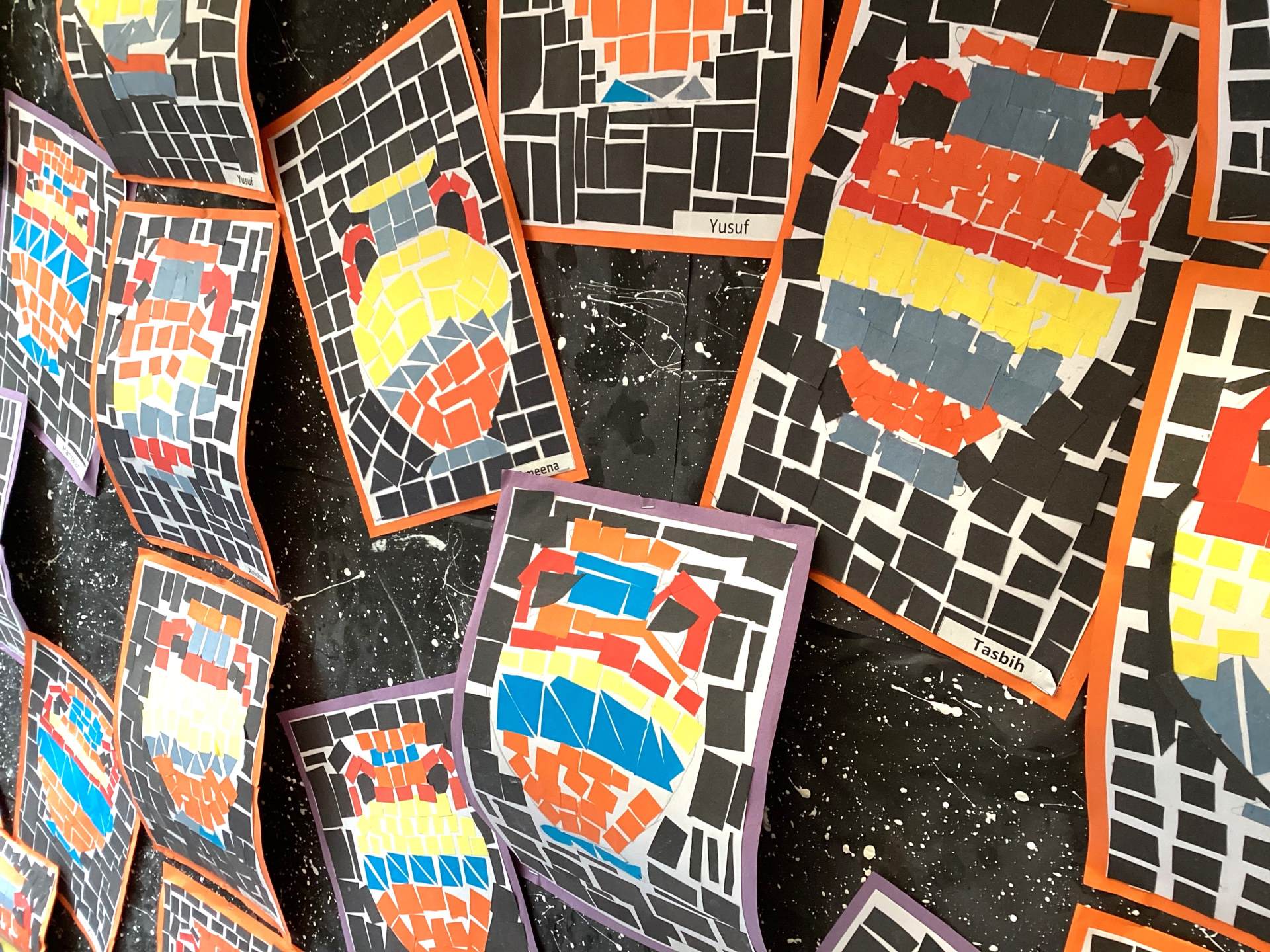Reading - Our Must Reads!
Bangabandhu Loves Books!

Have a look at the video below, which shows how much our children really love reading.
/Website_2021-22/MR_FC7.mp4
What are Must Reads?
These are high quality books, carefully selected from Nursery through to Year 6 which we definitely want our children to experience and read. They Must Read them! The numbers vary per year group and of course we want our children to read many more books beyond these.
Nursery - 20 books
Year 1 – 20 books
Year 2 – 20 books
Year 3/4/5/6 – 15 books
In total, 150 'Must Read' books to be read by the time our children leave Bangabandhu.
Why we are doing this?
At Bangabandhu, we are committed to ensuring the children get the chance to read, or be read to, a wide range of the best books that have been written for children. This will widen and challenge the children’s reading choices and be introduced to texts they are unfamiliar with. This process will help to deepen children’s enjoyment of reading by introducing them to wonderful books rich with amazing stories, characters and ideas.
The books we have chosen are classic children’s stories but are also complex beyond a lexical level and demand more from the reader than other types of books. This will help improve children’s reading skills and improve their knowledge and ability to learn at school. There is a clear progression of books from Nursery all the way to Year 6.Why have we chosen these books?
In his book ‘Reading Reconsidered’, Doug Lemov points out that there are five types of texts that children should have access to in order to successfully navigate reading with confidence. These are complex beyond a lexical level and demand more from the reader than other types of books. We have used this as a basis for the books we have chosen. As well as this we have chosen books of varied lengths for readers who are working at different reading levels; a range of picture books and graphic novels at each year group and a range of ‘classic’ novels that carry cultural capital.
Archaic Language
The vocabulary, usage, syntax and context for cultural reference of texts over 50 or 100 years old are vastly different and typically more complex than texts written today. Students need to be exposed to and develop proficiency with antiquated forms of expression to be able to hope to read James Madison, Frederick Douglass and Edmund Spenser when they get to college.
Non-Linear Time Sequences
In passages written exclusively for students—or more specifically for student assessments— time tends to unfold with consistency. A story is narrated in a given style with a given cadence and that cadence endures and remains consistent, but in the best books, books where every aspect of the narration is nuanced to create an exact image, time moves in fits and start. It doubles back. The only way to master such books is to have read them time and again and to be carefully introduced to them by a thoughtful teacher or parent.
Narratively Complex Books
The type of books are sometimes narrated by an unreliable narrator- Scout, for example, who doesn’t understand and misperceives some of what happened to her. Or the narrator in Edgar Allan Poe’s “The Tell-Tale Heart” who is a madman out of touch with reality. Other books have multiple narrators such as Faulkner’s As I Lay Dying. Others have non-human narrators such as the horse that tells the story in Black Beauty. Some books have multiple intertwined and apparently (for a time) unrelated plot lines. These are far harder to read than books with a single plot line and students need to experience these as well.
Figurative/Symbolic Text Texts
Texts which happen on an allegorical or symbolic level. Not reflected in Lexiles; critical forms of text complexity that students must experience.
Resistant Texts Texts
Texts written to deliberately resist easy meaning-making by readers. Perhaps half of the poems ever written fall into this category. You have to assemble meaning around nuances, hints, uncertainties and clues.
How does the system work?
- Children read the books within their group or previous year group
- They review the book after they have read it
- Children take an Accelerated Reader quiz to check how well they have understood it (from Y3 upwards)
- They achieve an award of Bronze, Silver or Gold depending on the number of books they have read.
- Obviously they will all be aiming for Gold which means reading all the 'Must Read' for the year group.
Nursery & Reception Awards:
15 books - Bronze
20 books - Silver
25 books - Gold
Y1 & Y2 Awards:
10 books – Bronze
15 books – Silver
20 books – Gold
Y3, Y4, Y5 & Y6 Awards:
5 books – Bronze
10 books – Silver
15 books – Gold
Bangabandhu Must Reads Parent Leaflet
And the 'Must Read' books are ...
Bangabandhu Book Bags - what reading books should be in them?
Here is a short video for parents which we have made to explain the reading books children take home in their books bags and how to use the school's reading diary. Please take a look.
/Website_2021-22/BB_Book_Bags_LQ.mp4
